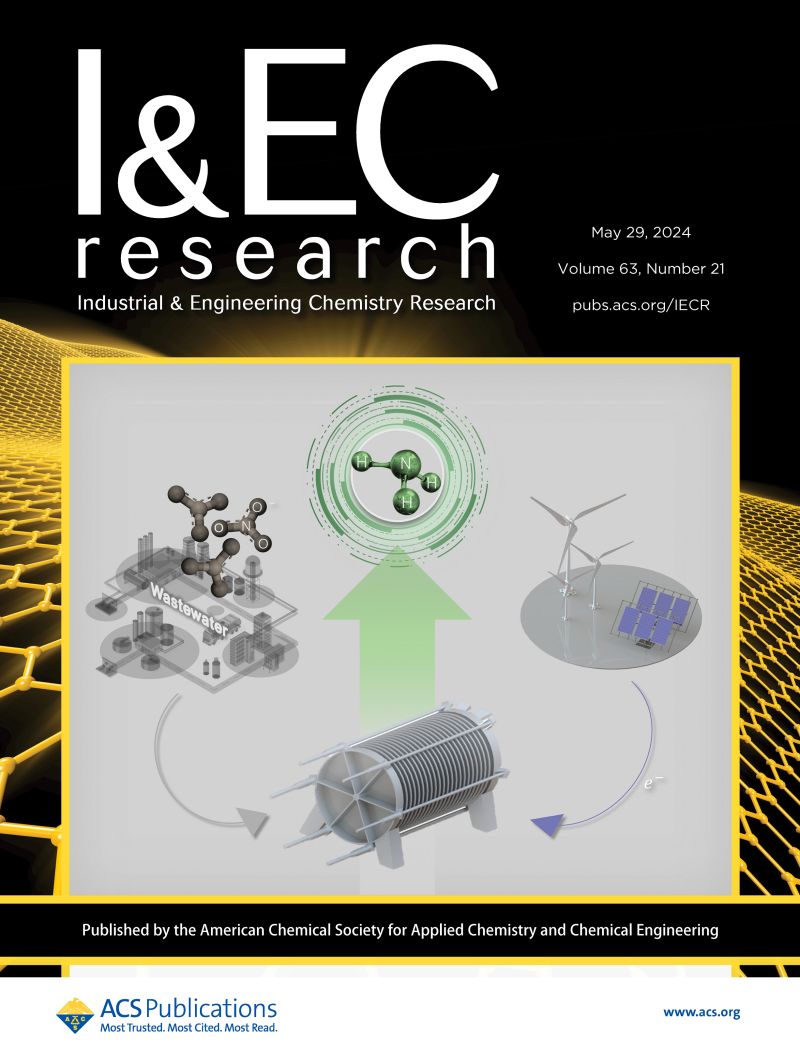Greenhouse Gas Emission Clustering: Advancing Net Zero Goals through Data-Driven Analysis
IF 3.8
3区 工程技术
Q2 ENGINEERING, CHEMICAL
引用次数: 0
Abstract
This study analyzes greenhouse gas (GHG) emissions (carbon dioxide (CO2), methane (CH4), and nitrous oxide (N2O)) from 108 countries (1990–2020) using k-means clustering with a Dynamic Time Warping (DTW) metric, identifying high, medium, and low emission clusters based on total and per capita emissions. CO2, driven by fossil fuel use in energy, industry, and transportation, dominates emissions, with China and the U.S. accounting for 44% globally. Methane from agriculture and fossil fuel extraction disproportionately affects India, Brazil, and Turkmenistan, while N2O, linked to nitrogen-based fertilizers, shows high per capita contributions from Australia, New Zealand, and parts of Africa. Tailored mitigation strategies addressing regional and sector-specific drivers are critical, emphasizing energy transitions, sustainable agriculture, and land-use management. Clustering provides policymakers with a framework for targeted climate action, aligning emission profiles with solutions. Future research should focus on sectoral emissions, real-time monitoring, and mitigation impacts to advance global net-zero goals.

求助全文
约1分钟内获得全文
求助全文
来源期刊

Industrial & Engineering Chemistry Research
工程技术-工程:化工
CiteScore
7.40
自引率
7.10%
发文量
1467
审稿时长
2.8 months
期刊介绍:
ndustrial & Engineering Chemistry, with variations in title and format, has been published since 1909 by the American Chemical Society. Industrial & Engineering Chemistry Research is a weekly publication that reports industrial and academic research in the broad fields of applied chemistry and chemical engineering with special focus on fundamentals, processes, and products.
 求助内容:
求助内容: 应助结果提醒方式:
应助结果提醒方式:


